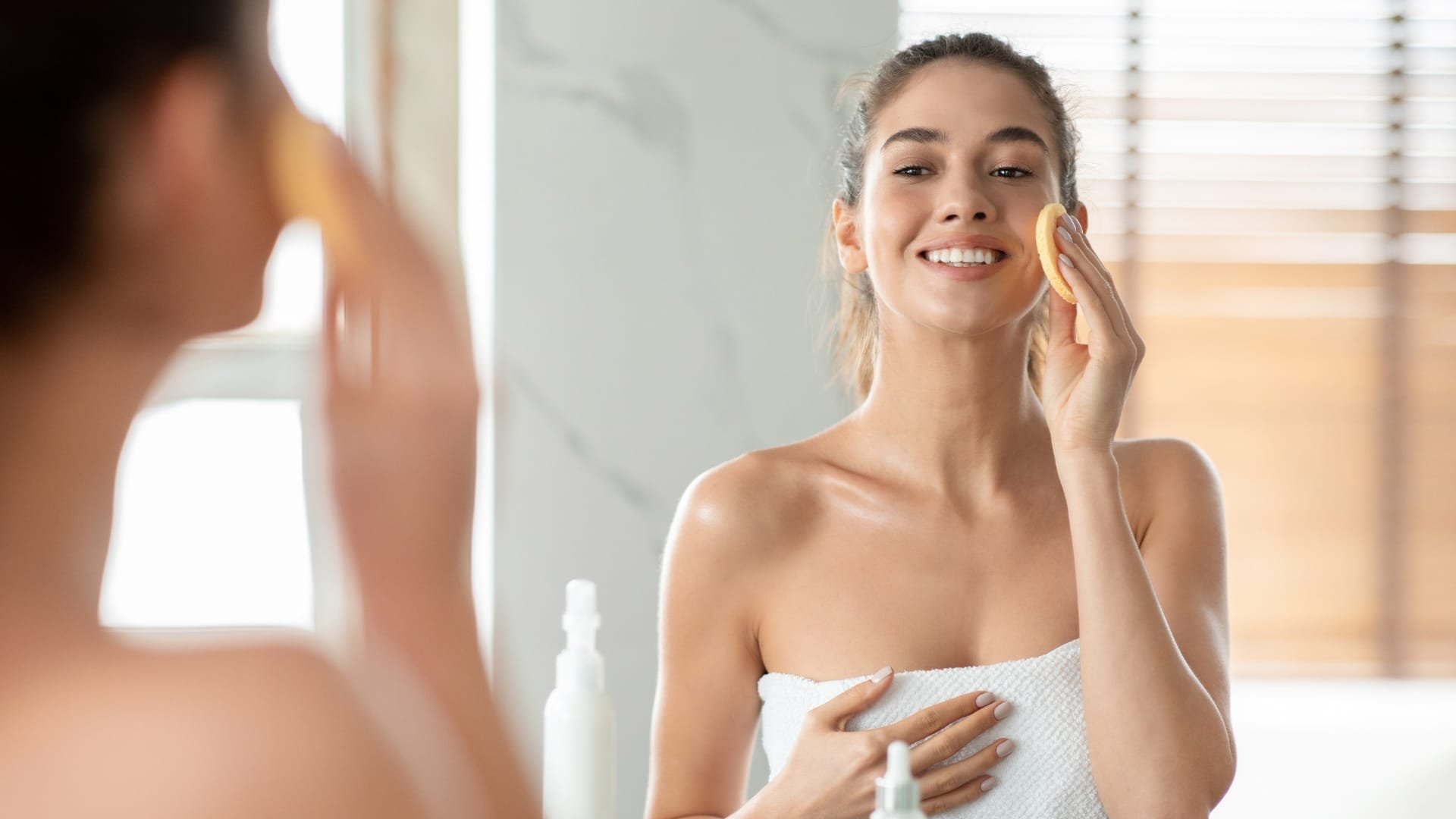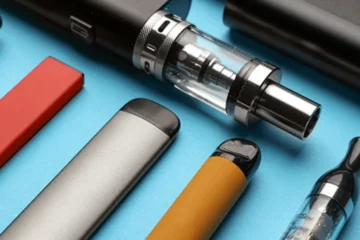Achieving glowing skin is a goal for many, but with so many products and routines out there, it can be overwhelming to know where to start. Understanding your skin type and incorporating essential skincare steps can help you develop a regimen that enhances your natural radiance. This guide breaks down the fundamental elements of skincare, providing you with the knowledge to create a glowing complexion.
1. Understanding Your Skin Type
Before diving into products, it’s essential to identify your skin type. The main categories include:
- Normal: Balanced skin with no excessive dryness or oiliness.
- Dry: Skin feels tight, rough, or flaky due to a lack of moisture.
- Oily: Skin appears shiny, especially in the T-zone (forehead, nose, chin) and is prone to acne.
- Combination: A mix of dry and oily areas, typically oily in the T-zone and dry elsewhere.
- Sensitive: Prone to redness, irritation, or allergic reactions.
Understanding your skin type helps tailor your skincare routine and product selection.
2. Cleansing: The Foundation of Skincare
Cleansing is a crucial step in any skincare routine, as it removes dirt, oil, and makeup from your skin.
- Choose the Right Cleanser: For dry skin, opt for creamy, hydrating cleansers. Oily skin benefits from foaming or gel-based cleansers that can effectively remove excess oil. Combination and normal skin types can use gentle cleansers that won’t strip moisture.
- Frequency: Cleanse twice a day—once in the morning to remove overnight oils and once at night to remove impurities accumulated throughout the day.
3. Exfoliation: Renewing Your Skin
Exfoliation removes dead skin cells, promoting cell turnover and revealing fresh skin underneath.
- Physical Exfoliants: These include scrubs with granular particles that manually slough off dead skin. Use these 1-2 times a week to avoid irritation.
- Chemical Exfoliants: Products containing AHAs (alpha hydroxy acids) and BHAs (beta hydroxy acids) gently dissolve dead skin cells. They can be used more frequently, depending on your skin’s tolerance.
- Be Gentle: Over-exfoliating can damage the skin barrier, so find a balance that works for you.
4. Toning: Balancing Your Skin
Toners help restore the skin’s pH balance after cleansing and can add an extra layer of hydration.
- Choose Wisely: Look for alcohol-free toners with soothing ingredients like rose water, witch hazel, or chamomile. For oily or acne-prone skin, toners with salicylic acid can help keep pores clear.
- Application: Use a cotton pad to apply toner or pat it directly onto your skin with your hands for better absorption.
5. Serums: Targeting Specific Concerns
Serums are concentrated formulations that target specific skin concerns such as hydration, brightening, or anti-aging.
- Hydrating Serums: Look for ingredients like hyaluronic acid that draw moisture into the skin.
- Brightening Serums: Vitamin C is known for its brightening properties, helping to even skin tone and reduce dark spots.
- Anti-Aging Serums: Retinol or peptides can help minimize the appearance of fine lines and promote youthful skin.
6. Moisturizing: Locking in Hydration
Moisturizers help to seal in hydration and keep your skin barrier intact.
- Find the Right Formula: For oily skin, lightweight gel or oil-free moisturizers work best. Dry skin types benefit from thicker creams with occlusive ingredients like shea butter or ceramides. Normal and combination skin can use a medium-weight lotion.
- Daily Use: Moisturizing should be a daily routine, both in the morning and evening.
7. Sunscreen: Your Skin’s Best Defense
Sunscreen is one of the most crucial steps in any skincare routine. Protecting your skin from harmful UV rays helps prevent premature aging and skin cancer.
- SPF is Key: Use a broad-spectrum sunscreen with at least SPF 30 daily, even on cloudy days. Reapply every two hours if you’re outside.
- Incorporate into Your Routine: Make sunscreen the last step of your morning skincare routine. If you wear makeup, consider a setting spray or powder with SPF for easy reapplication.
8. Additional Tips for Glowing Skin
- Stay Hydrated: Drink plenty of water throughout the day to maintain skin hydration from within.
- Healthy Diet: Incorporate a balanced diet rich in fruits, vegetables, whole grains, and healthy fats to nourish your skin.
- Get Enough Sleep: Aim for 7-9 hours of quality sleep each night to allow your skin to repair and rejuvenate.
- Manage Stress: High-stress levels can lead to skin issues. Engage in activities that promote relaxation, such as yoga, meditation, or hobbies you enjoy.
Final Thoughts
Achieving glowing skin requires a consistent and personalized skincare routine. By understanding your skin type and incorporating essential steps—cleansing, exfoliating, toning, treating, moisturizing, and protecting—you can promote a healthy and radiant complexion. Remember, patience is key, as it can take time to see results. With dedication to your skincare routine and healthy lifestyle choices, you’ll be well on your way to glowing skin.
4o mini
You said:




